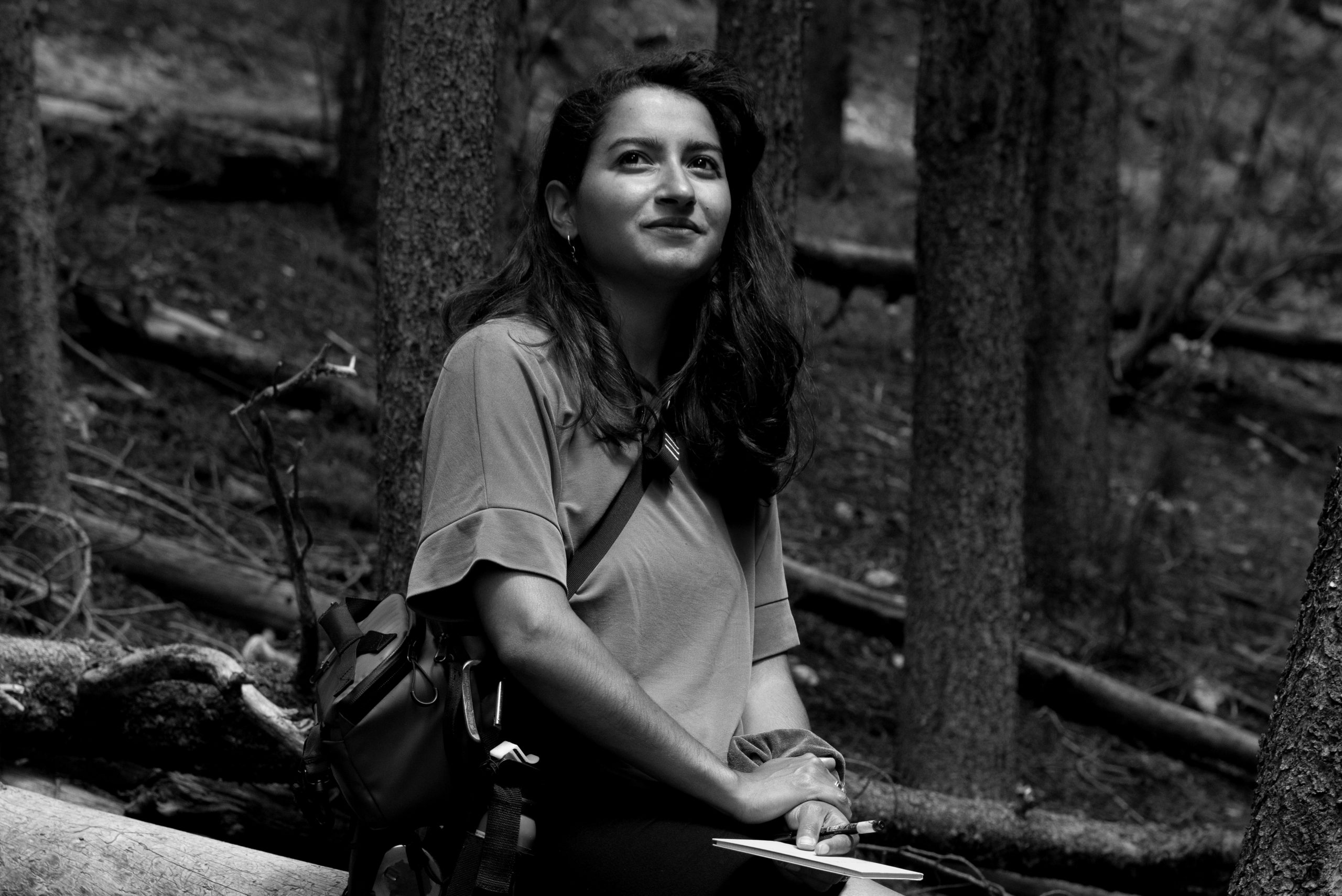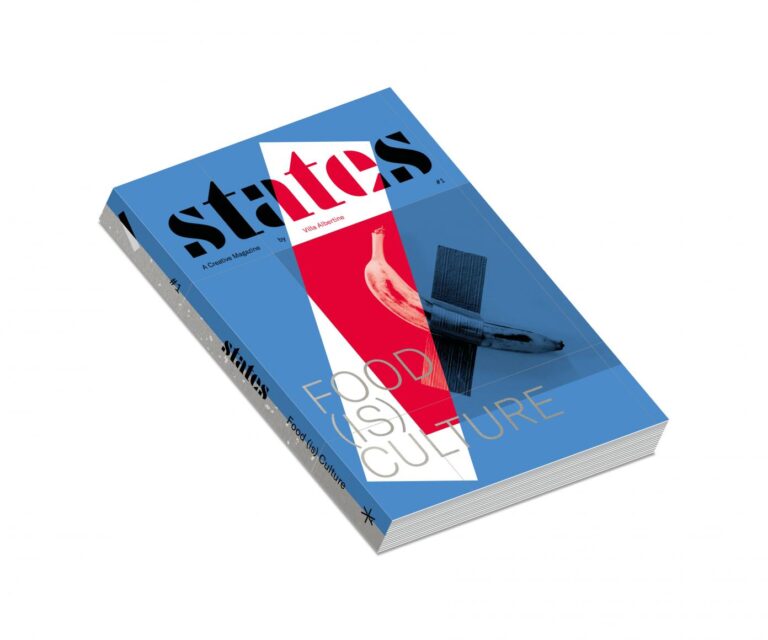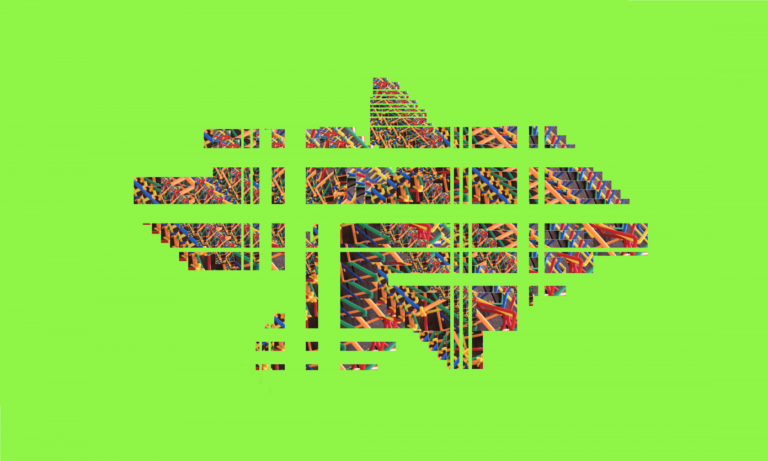
Alice Chemama
Writer
June - July 2023

© Tony Trichanh
- Comics
- San Francisco
“… once settled in “Bear Country”, confronted with the experience of living in a territory shared with black bears and grizzlys, it is the reality of this cohabitation that caught my attention.”
I am an artist and an author. My career has consistently been guided by experiences and experiments in the natural world. This approach first stemmed from a frenzied desire to draw and a love of wide-open spaces.
I was a part of the horse-riding community for over ten years, and it was through contact with these creatures that I began to reflect on the evident domination of humans over animals. As a teenager, an encounter with the national parks and Native cultures of the United States led me to question our supremacy over the entire living world.
These concerns inspired my various projects at the École Nationale Supérieure des Arts Décoratifs (ENSAD) in Paris, from which I graduated in 2017 with the short film Holy Chic. The film’s eponymous nightclub depicts bodies in thrall on the dance floor, juxtaposed with raging forest fires. Taking the same direction as my thesis, this animated short marked the beginning of my research into the power of stories and their ability to mobilize consciences.
The call of the wild found its way into my artistic approach when, following a horrible experience at a refuge for orphaned baby kangaroos, I produced my first illustrated exposé and adopted immersion as my basis for creation.
In 2020, while in residency at Ateliers Médicis in Haute-Savoie, I held talks and workshops with a class of fifth-graders and explored with them the role of collective memory in our perception of territory. This project inspired a graphic novel, Dans l’ombre du Mont-Blanc (In the Shadow of Mont-Blanc) that uses hybrid storytelling with a view to observing a culture in all its complexity, considering different perspectives, and understanding origins to help rethink narratives and build the society of tomorrow.
A graduate from the École Nationale Supérieure des Arts Décoratifs (ENSAD) in Paris, Alice Chemama is an artist and author. Working primarily with still and moving images, she creates pieces influenced by social and ecological concerns. Her short film Holy Chic was awarded a number of prizes at film festivals, and the Dargaud publishing house signed her after seeing her illustrated exposé, the Libé Apaj-winning Les Kangourous de l’Apocalypse (The Kangaroos of the Apocalypse). She illustrated the Eisner Award-nominated and Bassilac Prize-winning Les Zola, and released Dans l’ombre du Mont-Blanc, which came about during a residency at Ateliers Médicis. She is also a regular contributor for La Revue Dessinée, the TOPO magazine, Elles – Women Composers, and Actes Sud Jeunesse, among others.
In the vast American mountains the presence of one of the most eminent super-predator still looms, capable to stand up on two feet, follow you up a tree or through a river. It is there that, a couple years ago, I first felt the fear of being eaten alive. A justified fear, nourished by all the warnings told with great seriousness, the stories told around a fire along with an ancestral image of the wild beast. Omnipresent, yet the bear will stay away, more discreet and careful than the legends that surround them.
Continuing my exploration of the link between fiction and the perception of the real, I wanted to interrogate my own fears and stydy this emblematic animal, fascinating and dangerous, sometimes totem, sometimes trophy, monster or stuffed animal. The goal being to observe how the more or less fantasized narratives had conditioned our relationship with the predator, and to reappropriate them to create levers to imagine new stories more in tune with our current thoughts on our place as living beings.
Residing in the Greater Yellowstone Ecosystem and its national park, I therefore went on a quest of accounts, legends and other historical anecdotes. But once settled in “Bear Country”, confronted with the experience of living in a territory shared with black bears and grizzlys, it is the reality of this cohabitation that caught my attention. Accustomed or terrified locals, grizzly healers, daring hikers, passionate bear trackers or retired hunters, the humans of Yellowstone accepted to share their reality, leaving the fantasies to tourists and the outside world. Behind the gates of a refuge, on a road or a hiking trail, bears themselves also got to testify.
My two and a half months of drawings, notes and photos inspired new tales and graphic research, opening a phase of post-residency creation in collaboration with TOPO magazine and Dargaud editions.
The region of the Greater Yellowstone Ecosystem is one of the rare preserved ecosystems of the northern hemisphere. It notably hosts the famous Yellowstone National Park, of which its 8.991 km2 are shared between the states of Wyoming, Idaho and Montana.
Qualified as “Bear Country”, this region counts of the largest black bear and grizzly population of the country. It is mainly the latter that focuses my attention : larger than its cousin, it is also recognized as more agressive and less predictable. Coming close to extinction in the 1970s, grizzlys are since then protected by the Endangered Species Act. A measure still in place in the three states in 2023, although source of debate.
Although this territory is also the one of humans, the number of inhabitants keeps growing while the number of visitors of the national park keeps breaking records (almost 5 million in 2021). The density and proximity of our species in this same space, both wild and domesticated, has made it a singular case where the risk of dangerous interactions is a daily issue. This cohabitation also necessitates some adaptations, bear-proof trashcans and carrying bear spray, or a firearm depending on the preference. Here the signage encourages awareness and humility. The warning starts along the road in capital letters “Be bear aware”. Last warning when entering the hiking trails “There is no guarantee of your safety in bear country”.
In partnership with

Dargaud
As a general publisher of comic book series and graphic novels for all audiences, Dargaud is as committed to promoting the heritage of comics, from Lucky Luke to Blake and Mortimer, as it is to defending contemporary creation, from The Rabbi’s Cat to Blacksad, and from World Without End to The Old Geezers, or Lightness. Today, its catalog boasts 4,000 titles, with more than 5 million copies sold each year throughout the world.

TOPO
TOPO is a news magazine for people under 20 years old (and others too). Chronicles, great reports and scientific popularization: facing the propagation of conspiracy theories and fake news, it is urgent to provide keys to decipher the news. TOPO is a magazine which bets on associating the pleasure of comics with the seriousness of journalism to allow young readers to develop their critical and citizen sense.


